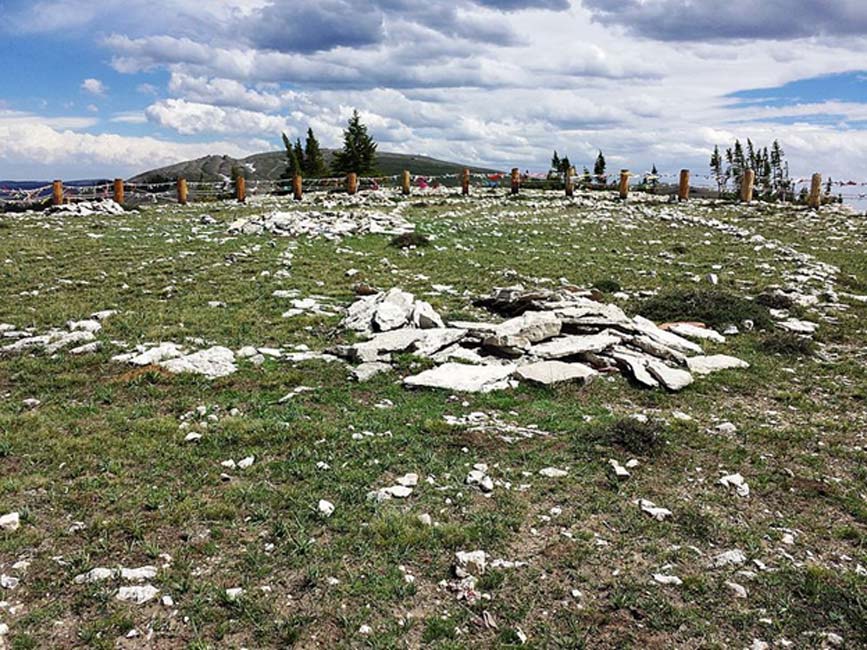
Mysterious Medicine Wheels of the American West
A hundred stone constructions dotting the landscape of the American north-west, called ‘Medicine Wheels’ by the ignorant, may be pre-dating the Egyptian pyramids to 5,000 years ago. At first glance they may seem primitive, yet they are aligned with constellations, perhaps pointing to a lost civilization’s pinpointing heaven. As American pioneers began to move across the Mississippi River and confront the vast north-western prairies, they discovered curious concentrations of stones set out to imitate, at least to those who were accustomed to European culture, spokes on a wheel. They asked the people who had lived in these places for millennia what they were. "We don't know," came the reply. "They were there when we got here."

Big Horn Medicine Wheel (CC BY-SA 2.0)
Were the indigenous people being serious, or were they just feigning ignorance to keep the white people from snooping into sacred sites that they didn't seem to understand and would probably plow under or otherwise mess up? Whatever the case, somewhere in the late 1800s the new settlers started calling the stone configurations ‘Medicine Wheels’, beginning with the Bighorn Medicine Wheel in Wyoming. It was not by any means an ‘Indian’ term. But their outlines looked like wheels, and the Native Americans obviously considered them to be sacred (‘Medicine’ in white parlance). So, the name stuck and is still in use today. From above they look like bicycle wheels, with spokes emanating out from a central core.

Are the Pyramids contemporaries of the Medicine Wheels? (Public Domain)
Dating and Defining Medicine Wheels
There is no reliable way of dating them by archeological methods. Carbon dating is useless when it comes to stone, so nobody knows how old they are. Some archaeologists say the Bighorn Medicine Wheel might go back as far as 4,000 to 5,000 years. That would place its construction in roughly the same time span as the Egyptian pyramids. Others, of a more daring mindset, suggest dates that go back as far as a million years. Given the amount of glacial impact in these parts that is probably stretching things.
Archaeologist John Brumley, known for his work with American Indian sites in the west, developed a definition for identifying Medicine Wheels that has become the official standard. According to Brumley, a Medicine Wheel contains at least two of the following three features:
- A central stone cairn.
- One or more rings of concentric stone circles.
- Two or more lines, or rays, of stone radiating out from a central point, or "hub."
Taking his criteria into consideration, there are at least 100, and maybe closer to 200, historic Medicine Wheels still in existence today. Many more have been destroyed, which proves that the original inhabitants of the land were absolutely correct when they foresaw the future of these sacred places.
The numbering of existing wheels varies because some of the smaller circles could very well be old tipi rings. Most of them are found in Alberta and Saskatchewan, but others are located in northern American states - North Dakota, Wyoming, Montana, and Colorado.




